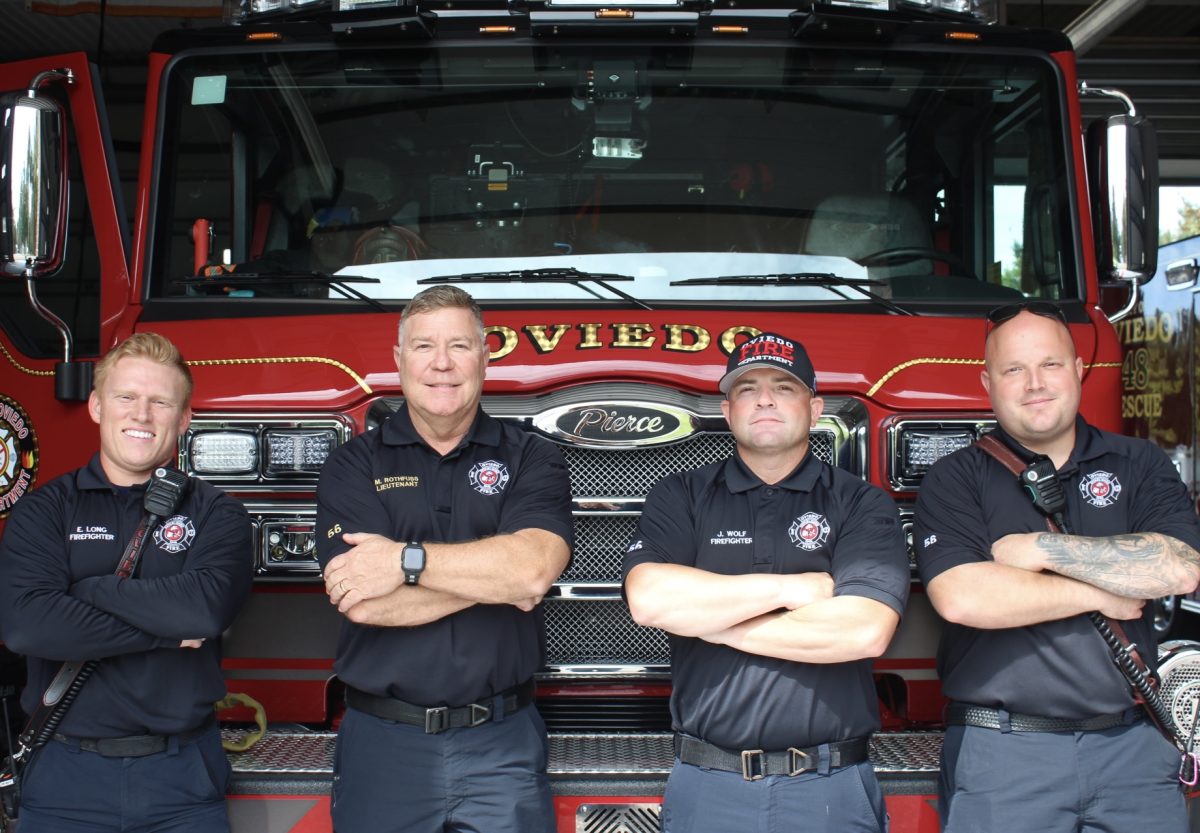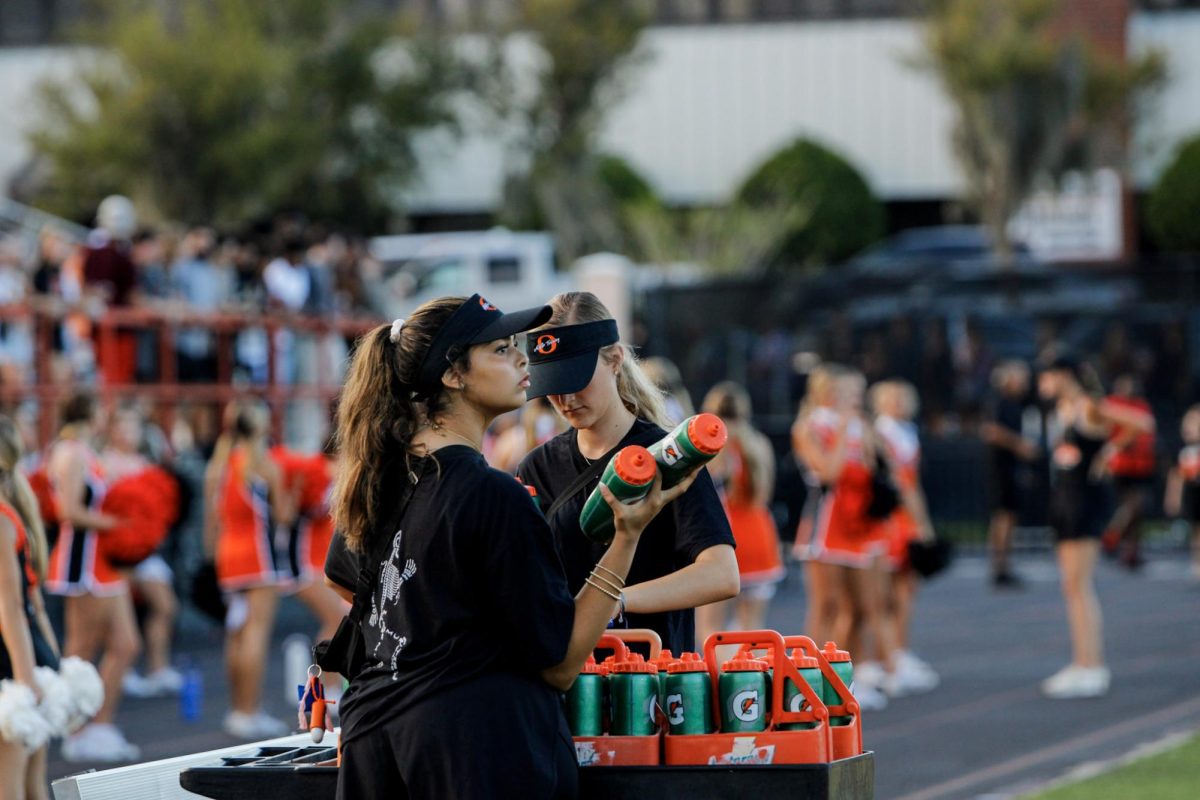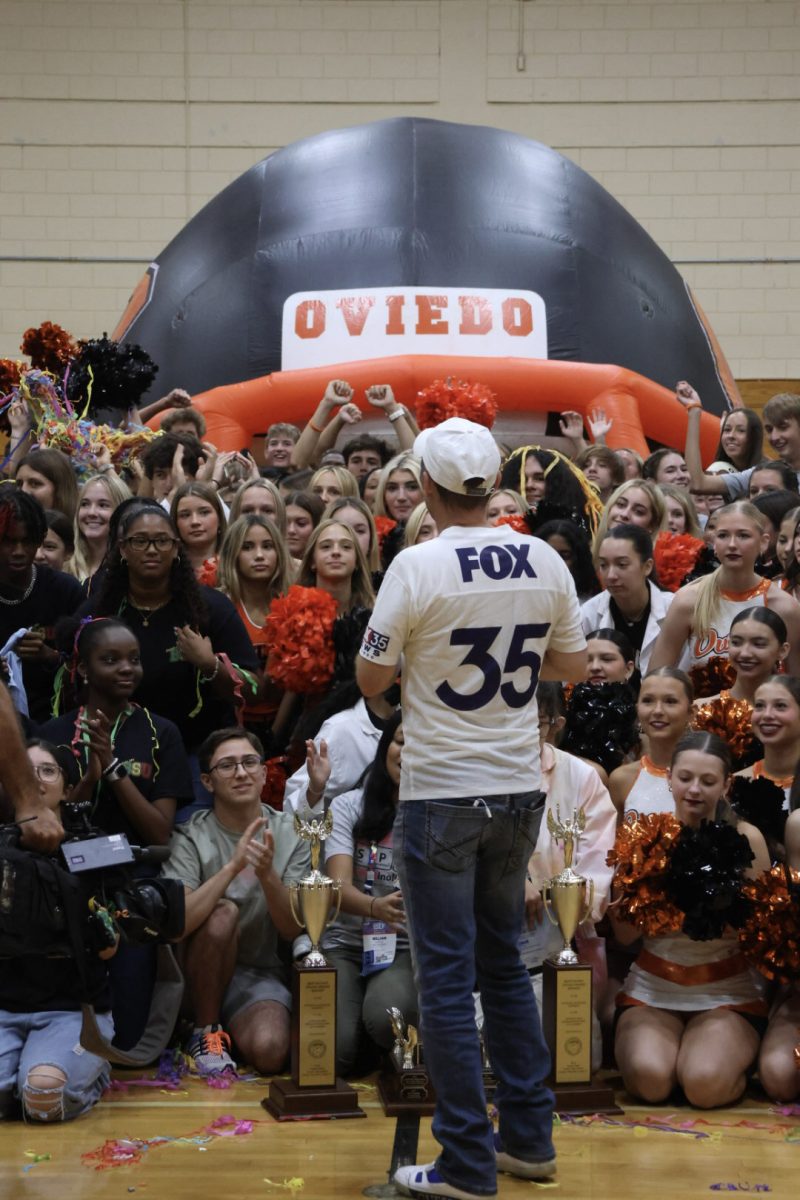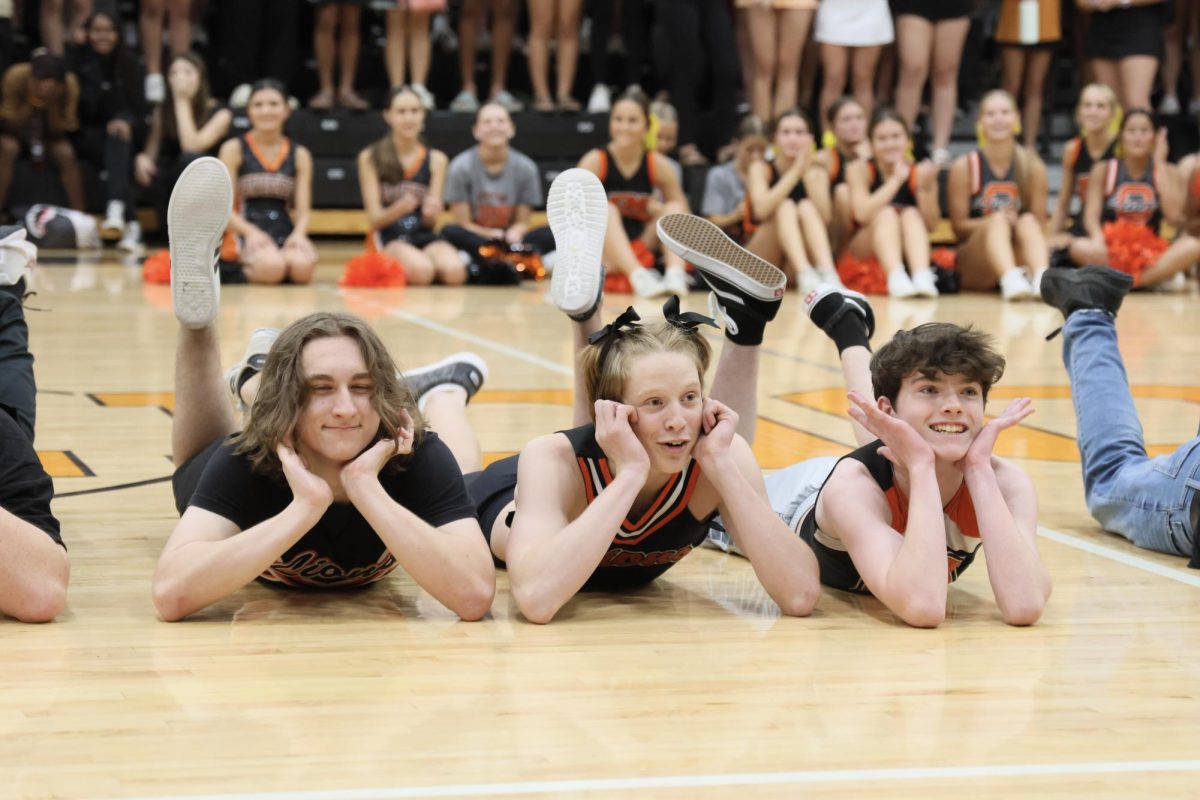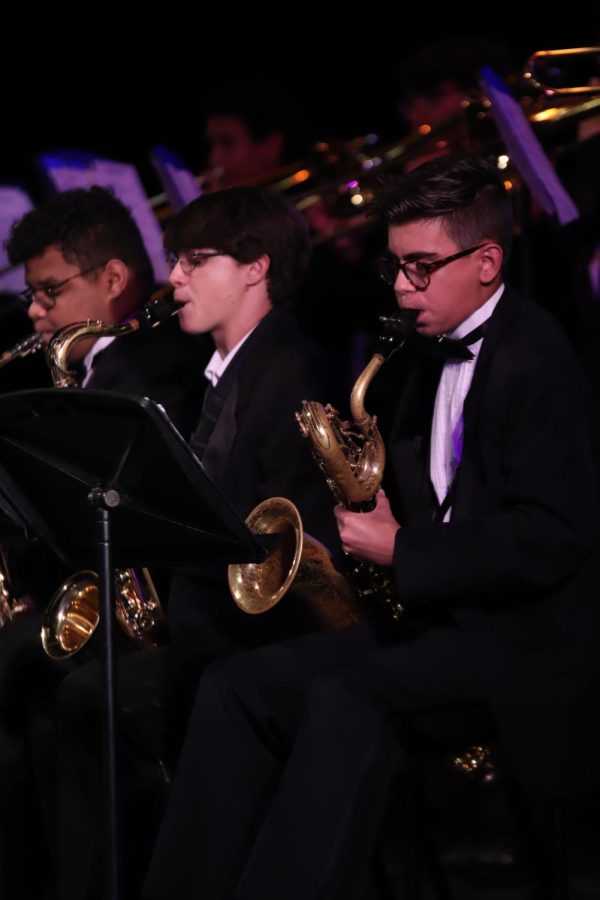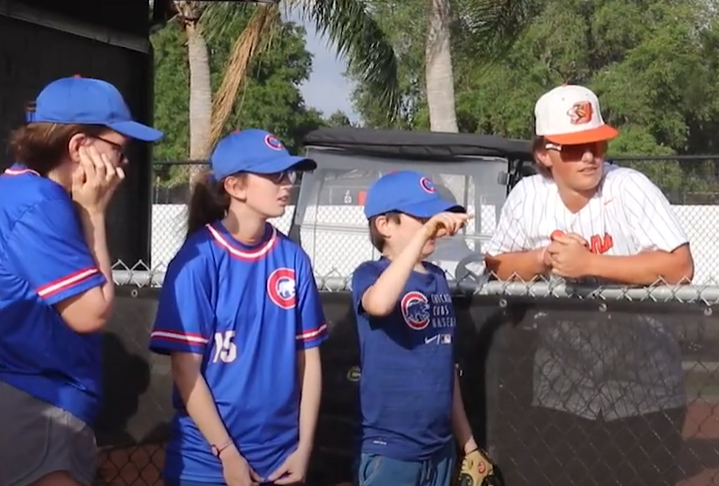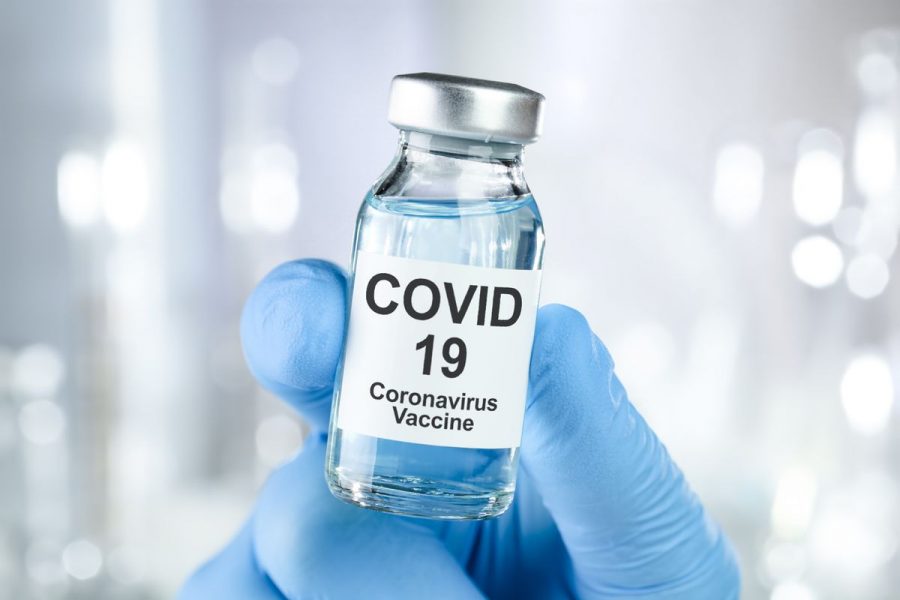SCPS immunizes teachers as part of vaccination effort
This story was originally published in the fourth edition of The Lion’s Tale (February 7, 2021).
The Food and Drug Administration’s (FDA) December emergency approval of two vaccines against the coronavirus, one developed by Pfizer and BioNTech and the other by Moderna, provided a much-needed glimmer of hope after Covid-19 killed hundreds of thousands of Americans and infected millions more.
Now, that hope is running into reality as the practical challenges of distributing the vaccine emerge.
Shortly after the vaccines, both of which require two doses given weeks apart, received emergency use authorization, the Centers for Disease Control and Prevention’s (CDC) Advisory Committee on Immunization Practices (ACIP) issued recommendations for allocation priorities. The committee recommended that health care personnel and residents of long-term care facilities offered the vaccine first, followed by those aged 75 and older and other essential workers.
The final group to receive the vaccine before the general public would be people aged 65-75, those with high-risk medical conditions and essential workers not previously covered.
The Trump administration, working through its Operation Warp Speed program, sought to vaccinate 20 million people by the beginning of the year. However, the logistics of distributing the vaccine have been left to the states, only 12 of which are completely adhering to the CDC’s priority guidelines.
According to state health officials, the federal government has offered little support and coordination in the vaccine rollout. They cite a lack of adequate supply numbers regarding vaccine shipments, assistance in getting the shots to medical providers and funding as persistent issues. Ultimately, 2.8 million doses were administered by Jan. 1, well short of the administration’s year end goal.
Florida Gov. Ron DeSantis opted to include those aged 65 and older in the state’s first vaccine priority group, issuing an executive order to that effect on Dec. 23. A popular retirement destination, 20.5 percent of Florida’s population is over the age of 65, the second highest rate
in the country behind Maine. The state’s vaccine rollout has been chaotic so far, with poor public communication and high demand leading to county health departments being overwhelmed with appointment requests and seniors waiting for hours in long lines at vaccination sites,
sometimes camping out overnight.
Jo Tripp, who received her first shot of the Moderna vaccine on Dec. 28 at the Oviedo Mall, was the first senior (excluding long-term care residents) vaccinated in the state. While Tripp faced some difficulty with the county health department’s online appointment portal, likely due to heavy traffic, she described the experience of receiving the shot as hassle-free.
“The Seminole County Health Department staff were terrific,” Tripp said. “It was really smooth for me.”
Shots in Florida are currently being distributed at certain hospitals, Publix Pharmacies, and county-run sites, with plans to expand access to Covid-19 testing sites and places of worship. CVS and Walgreens, contracted by the federal government, are administering doses at long-term care facilities.
Seminole County Public Schools (SCPS) has begun an effort to immunize its employees, offering the first dose to staff aged 65 and older on Jan. 20 at Lyman High School.
“The impetus behind such an event was mainly because most of our staff 65 and older have been working remotely since the pandemic began in March 2020,” said SCPS Communications Officer Michael Lawrence. “By assisting them in getting vaccinated, this allows those staff to return to their normal job functions and back doing their normal roles and work duties.”
While 319 of the district’s employees qualified for the distribution, nurses ultimately administered 354 doses of the Pfizer vaccine after access was expanded to substitute teachers and other local government workers to make use of extra shots. SCPS would like to vaccinate medically vulnerable employees of all ages next, according to Lawrence.
Italian teacher Marzia Vitali received the vaccine at that event. She is teaching more students in person this semester but noted that her schedule was not dependent on whether she received the shot.
“I also think we have too many students in class,” Vitali said. “It was [an] easy [decision to get the vaccine.]”
As the vaccination campaign continues, efforts are underway to address the problems that plagued the initial rollout. Shortly after being inaugurated, President Joe Biden signed a number of executive orders aimed at curbing the pandemic, including ones expanding the production of vaccine and testing supplies, mandating masks on federal ground and on many means of transportation and requiring a negative Covid-19 test for international arrivals to the US.
At the local level, some counties, including Seminole County, are now requiring proof of residency for those receiving a shot after reports of “vaccine tourists” arriving from out of state to be immunized emerged.
Despite the challenges associated with receiving the doses, demand is likely to remain high.
“I really wanted the vaccine,” Tripp said. “I trust our scientists and didn’t even give a second thought about getting it.”
Your donation will support the student journalists of Oviedo High School. Your contribution will allow us to purchase equipment and cover our annual website hosting and printing costs. Thank you!

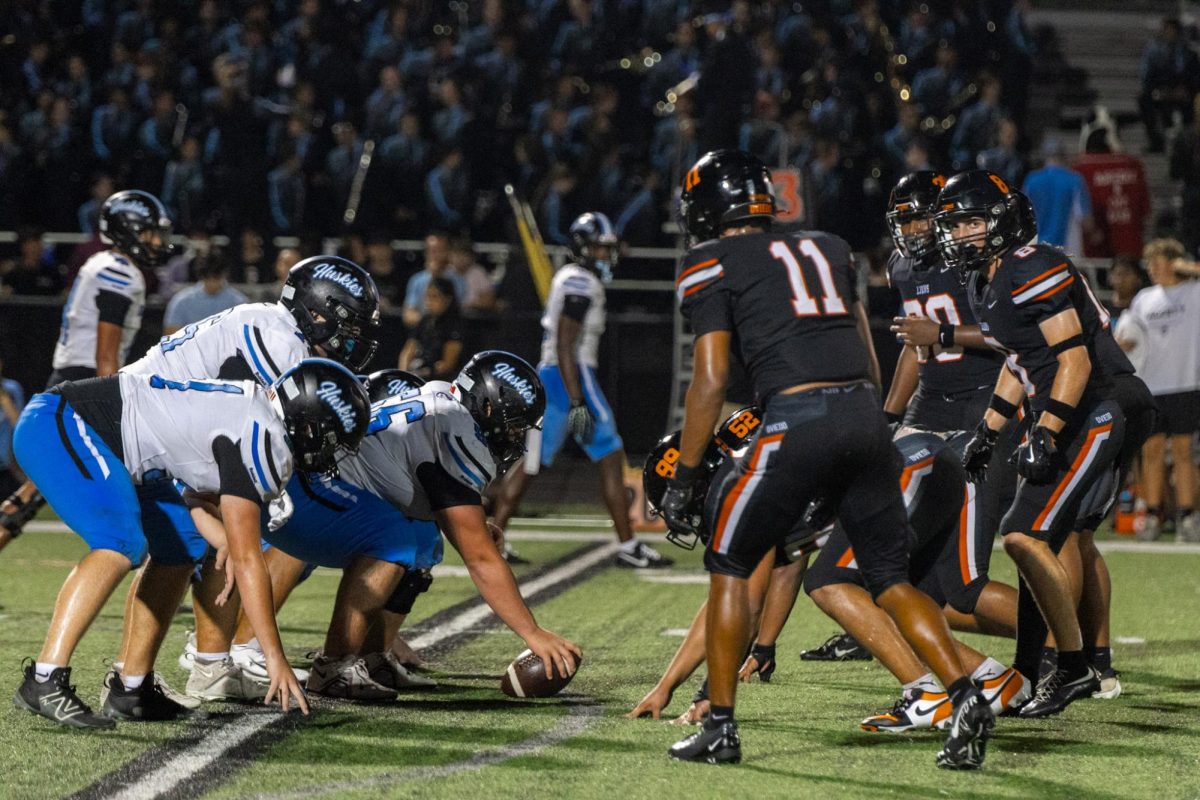
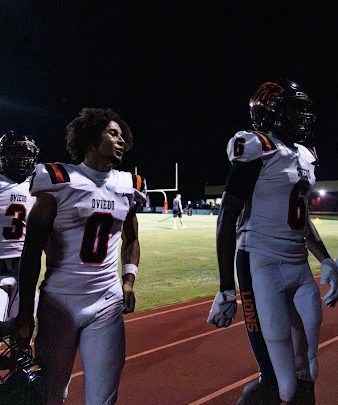
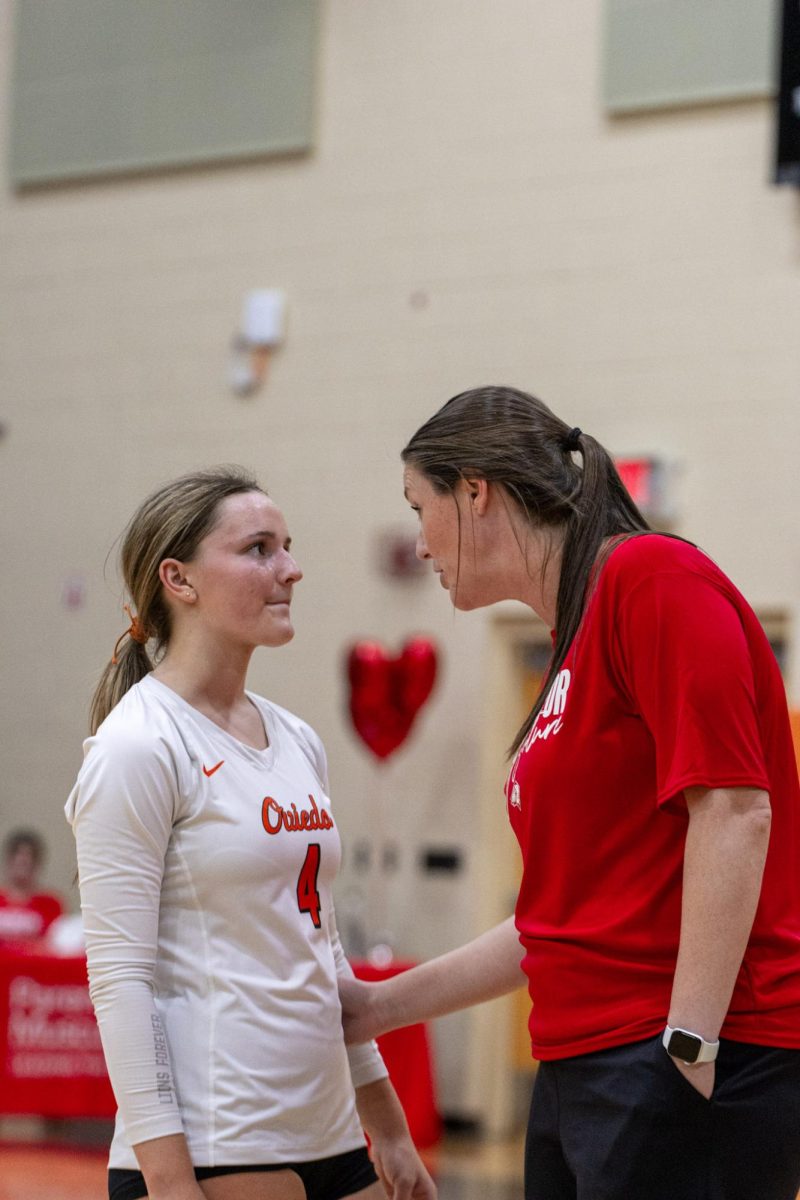
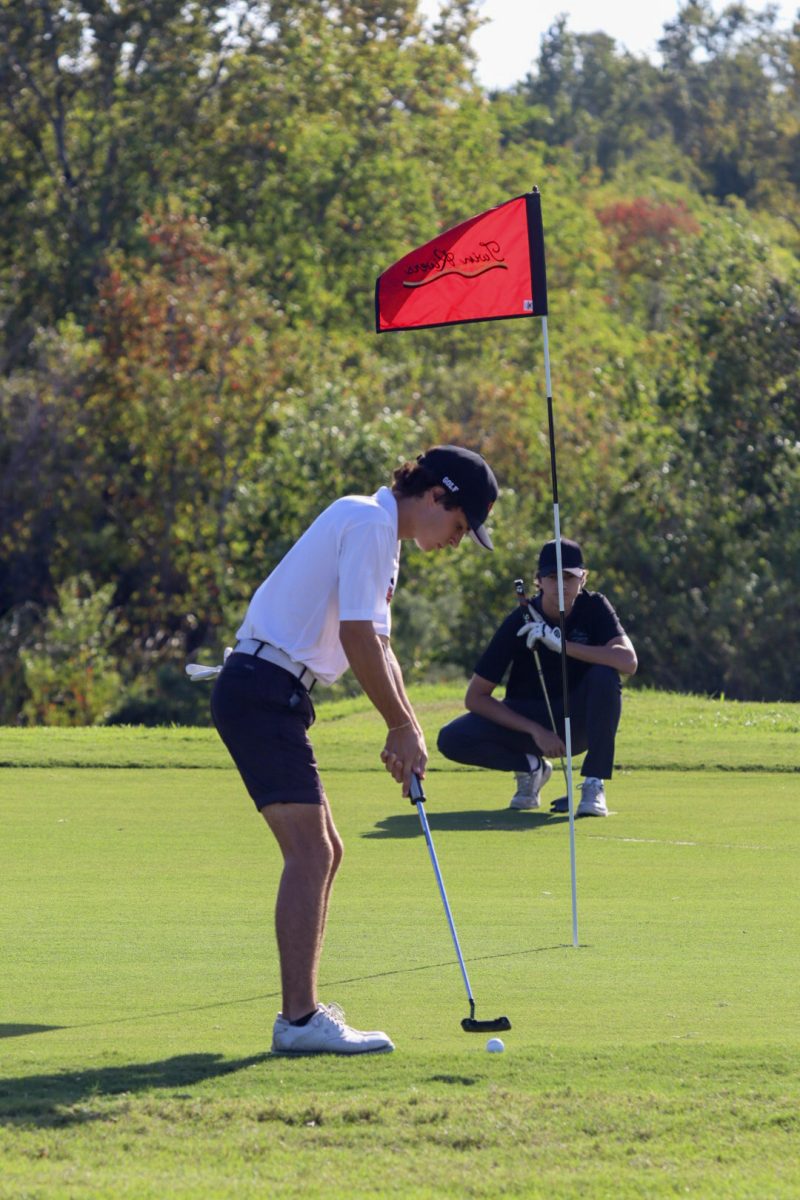

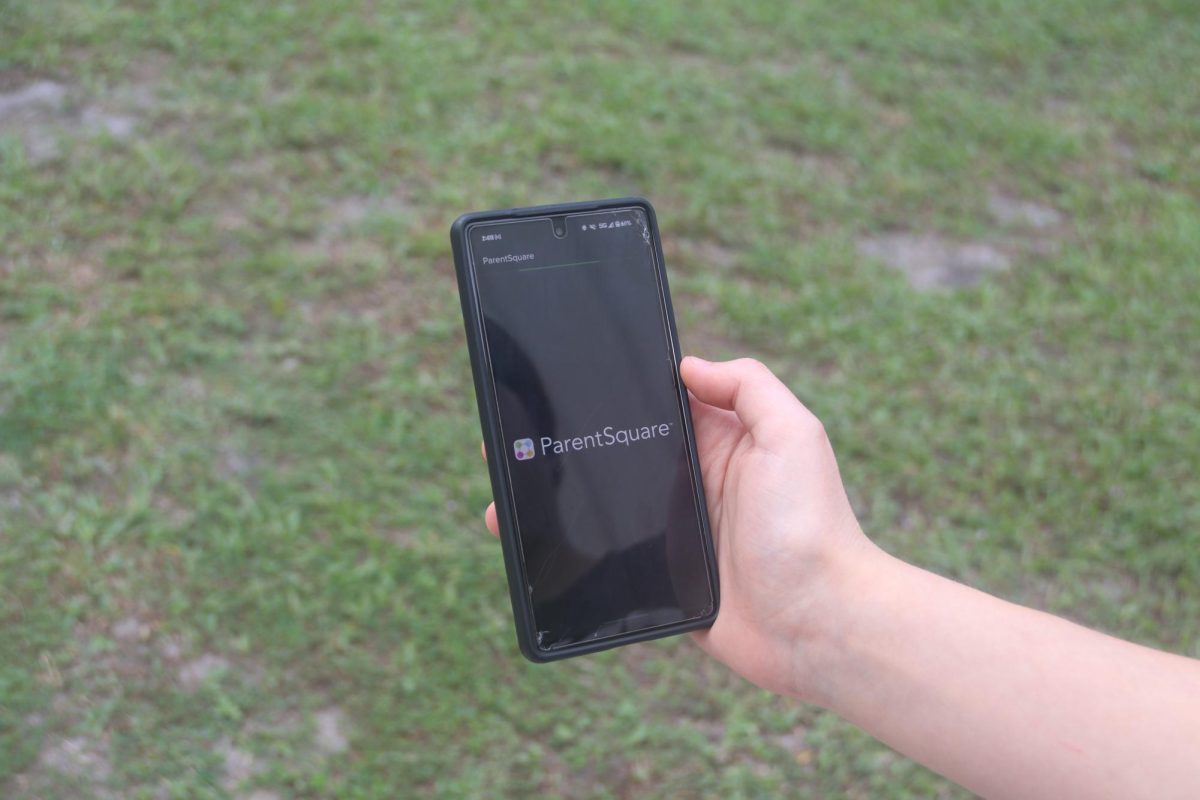
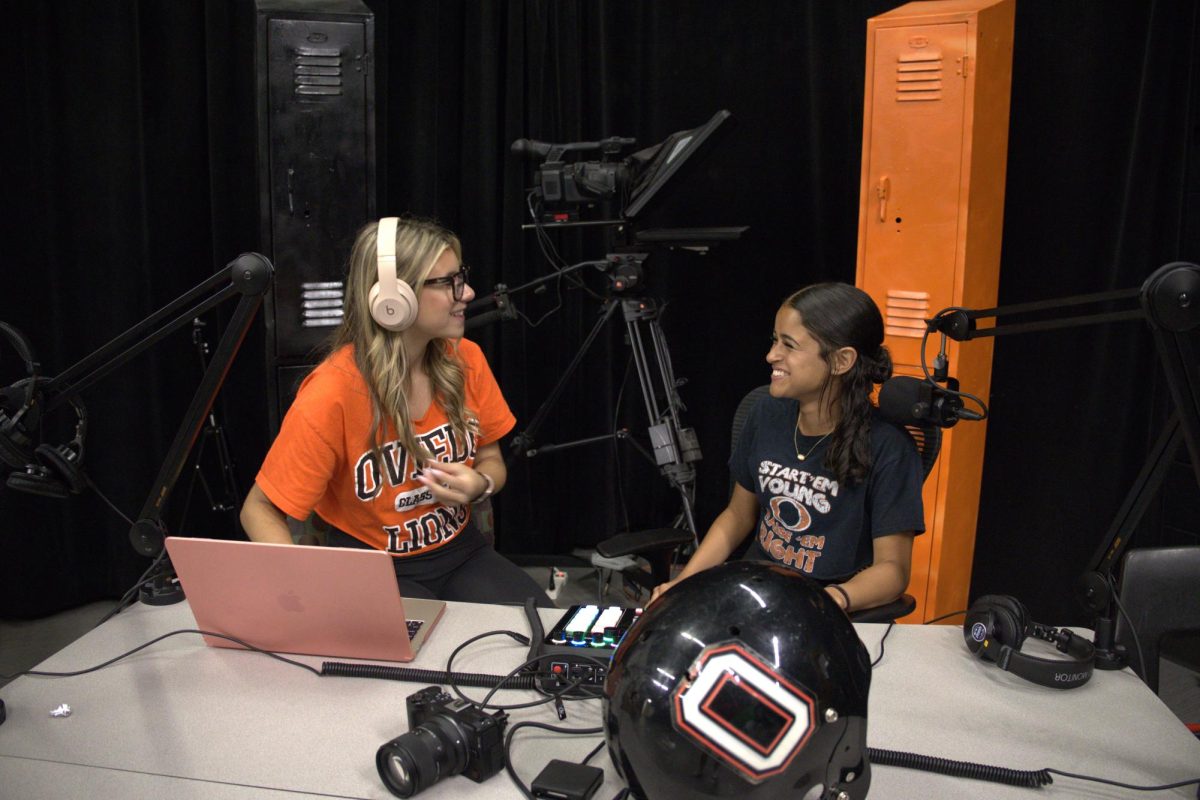


![Prom king Colin Napier and queen Leah Hopkins dance the night away during the Golden Gala on April 26th. Prior to the prom, the Student Government must make many preparations over the course of months in order to ensure it goes off without a hitch. However, their work eventually pays off when it comes time for the dance. “We set up [the prom] the day before, and it’s horrible. We’re there for a very long time, and then we get our beauty sleep, and then we get ready for prom the next day,” Aubrie Sandifer said.](https://oviedojournalism.com/wp-content/uploads/2025/05/Oviedo-197-800x1200.jpg)

